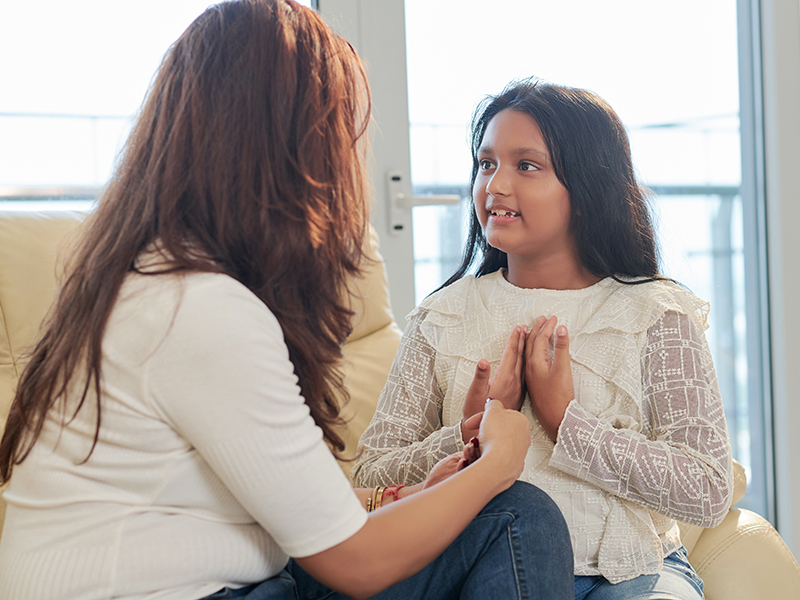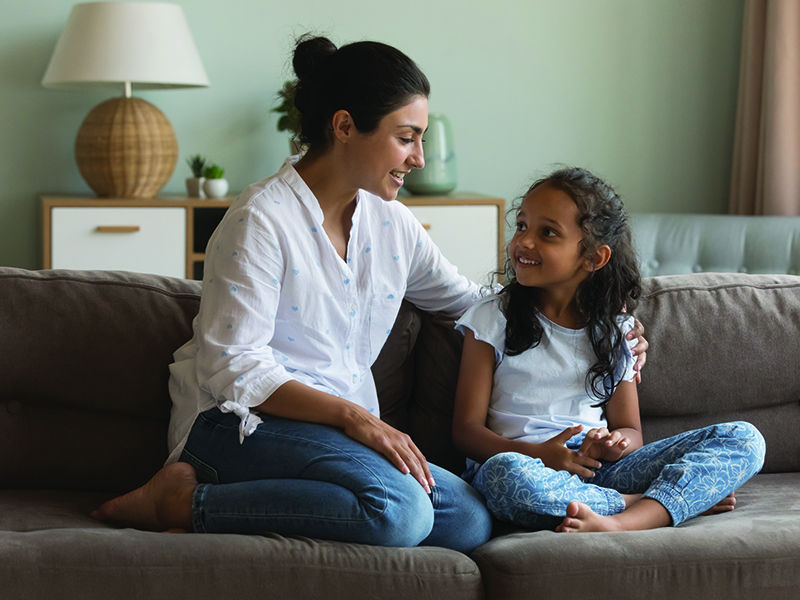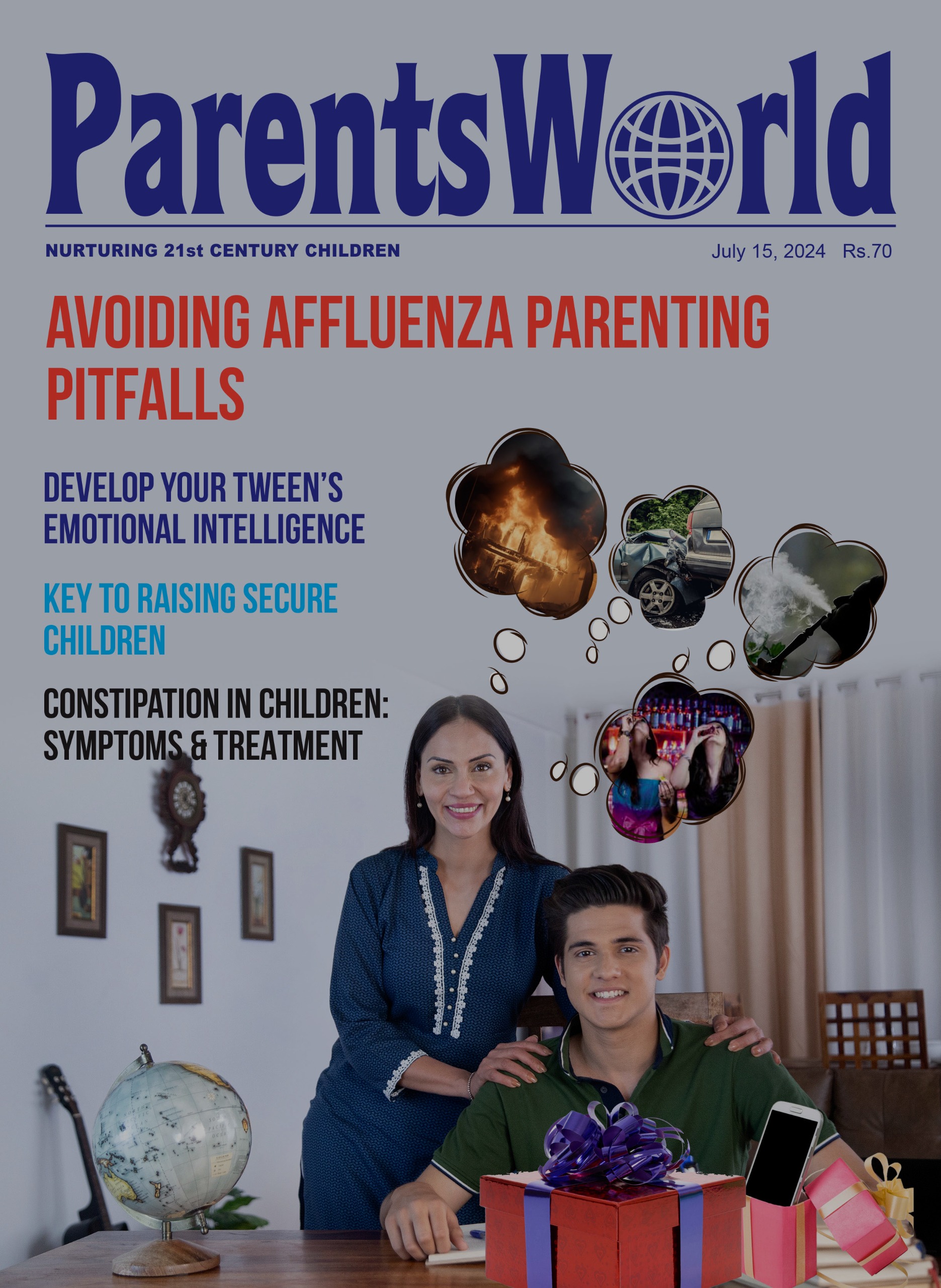
Elise Waghorn
While much attention is drawn to the detrimental impact of violent video games on children’s developing brains, there has been relatively little discussion regarding the negative effects of news and current affairs to which children are exposed.
When people consume news and current affairs, it’s hard to escape tragic events, from natural disasters, acts of terrorism, and events that include loss of human life.
But do we stop to consider what distressing media is doing to our kids?
How children are impacted
Research undertaken by the Audience Research Department of the Netherlands Broadcasting Corporation found young children who are exposed to violent news and current affair programs can be impacted so much that they start viewing the world as a scary place. Research was undertaken through random telephone interviews with 537 Dutch children, with 48.2 percent of respondents stating they fear watching adult news.
The study found children aged between 7-12 were most frightened by interpersonal violence and natural disasters such as fires, accidents and other disasters.
Researchers from the study even found children’s symptoms are like trauma response — including intruding thoughts (memories that pop into a child’s head, nightmares, repeated discussion around events), avoidance (refusal to talk about news events, or to participate in school activities) and changes to arousal and reactivity (increased irritability and anger outbursts, difficulties in concentrating).
 Even subtle exposure needs to be monitored
Even subtle exposure needs to be monitored
Even when children are playing in the background, if adults have the news on, they could be listening in.
Children under the age of seven might not understand the content, which can cause confusion, worry and anxiety. This is because children under age seven don’t have brain maturity to mentally filter information, and can’t see things from another point of view.
Older teens, meanwhile, generally acquire much of their news content from the internet and social media. Therefore most parents are not aware of how much, or what, they are exposed to. However, due to their age, they tend to have greater understanding of different perspectives.
Getting the balance right
According to psychological therapist Annie Gurton, different age groups require differing nurturing strategies when it comes to consuming news and current affairs:
- Children under age seven may perceive televised events as live occurrences, leading them to believe traumatic incidents are recurring when they see repeated broadcasts. They are likely to be greatly disturbed by images depicting suffering, crying, or violence
- Between age 7-12, children tend to grasp that news reports convey events that have already taken place. They are capable of empathising with victims, and may get anxious about their own safety and of their family when encountering distressing stories
- Teenagers aged 13 and older tend to exhibit heightened emotional responses to distressing events, often experiencing fear and deep concern for their and their family’s safety. They may project such events into the future and worry about potential risks. However, they are also capable of reasoning and understanding statistical explanations, which can provide reassurance and alleviate their anxieties.
There is no magic timeframe for parents to introduce children to news and current affairs. However it is important that we consider not just the age, but the maturity and understanding levels of every individual child.
Nevertheless, we do know it’s important for all children to take a break from news coverage.
Setting a viewing limit of 30-60 minutes before advising children to get up and do something else is important.
 Chat about it
Chat about it
A good strategy to support children to learn more about the world, without exposing them to the downside of the news, is to teach them about why you need to censor their viewing.
This can help children to regulate their emotions, by expressing themselves when they see things that are upsetting. This might include empathising with young children under age seven by saying something like: “I know you really want to watch the news, but some media report events that are not safe for you to hear.”
For an older child, it could be: “I am happy for you to watch the ‘good news’ stories but other news that are televised we need to watch together.”
The Raising Children Network has some fantastic tips for parents of school-age children on the subject of monitoring distressing news events:
- Turn the news off and take a break. This will allow families 30 minutes to catch up on the main headlines, but then getting up and doing something else.
- Age-appropriate information — children will cope better if they have age-appropriate information given to them. For example, during fire season, you might talk to your children about how due to the extreme heat, the ground gets very dry, resulting in an increase of forest fires. This is why we have total fire ban days to reduce that risk.
- Talk to your children — explain, at age-appropriate level, what they have watched and allow for open discussion about what has happened. Allow them to ask questions and reflect.
- Monitor your children’s reactions to the news — ask them how they’re feeling and share how you’re feeling.
A great first step into the world of news and current affairs for children are programs such as the ABC’s ‘Behind The News’, which parents and kids can watch together and discuss afterwards.
(Elise Waghorn is lecturer, School of Education, RMIT University, Australia)






















